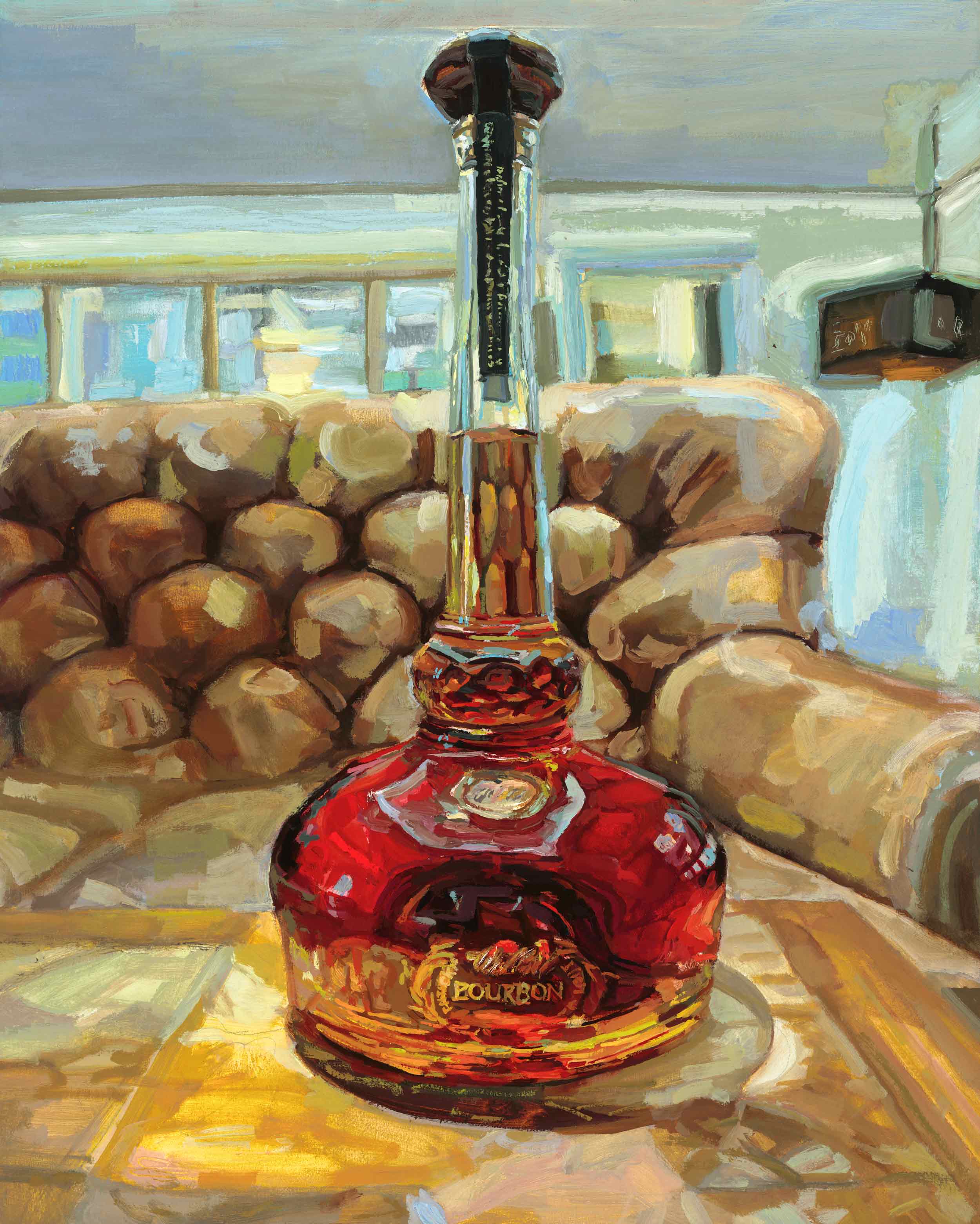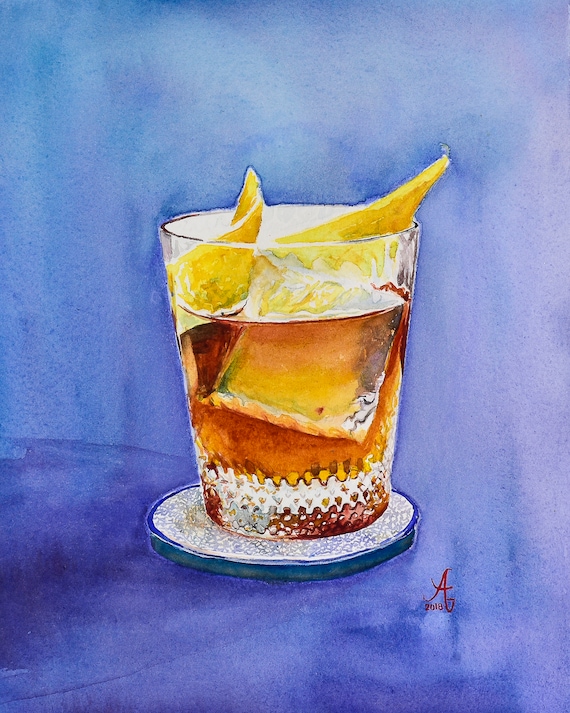Bourbon Art in Contemporary Culture: Where Practice Fulfills Technology
Bourbon Art in Contemporary Culture: Where Practice Fulfills Technology
Blog Article
The Significance of Whiskey Art in Celebrating Heritage and Craftsmanship in the Beverage Sector
The detailed partnership in between bourbon art and the event of heritage and workmanship within the beverage industry can not be overstated. Through thoughtfully designed bottles and labels, whiskey brand names envelop their historic roots and the artisanal abilities that define their manufacturing methods. This artistic dimension not just enhances market appeal but also serves as a channel for cultural narration, cultivating a much deeper link in between the consumer and the craft. As we explore the various facets of this topic, interesting inquiries regarding the effect of modern fads on typical techniques develop, triggering more evaluation.
The Historical Origins of Whiskey
At the heart of bourbon's allure exists a rich tapestry of historic origins that trace back to old worlds. The beginnings of scotch can be connected to the distillation techniques of the Sumerians and Babylonians around 2000 BCE, where early types of fermented grain drinks began to arise. It was in the Middle Ages that the art of purification advanced considerably, especially in Ireland and Scotland, leading to the production of scotch as we know it today.
The term "whiskey" itself originates from the Gaelic word "uisce beatha," suggesting "water of life." This phrase highlights the social value of whiskey in Celtic cultures, where it was usually related to rituals, events, and public bonding. By the 15th century, purification became a recognized craft within reclusive areas, paving the way for the establishment of legal distilleries.
As trade paths broadened, bourbon's appeal expanded, transcending local boundaries and capturing the interest of lovers worldwide. Limited Edition. This historic trip shows not just the workmanship behind bourbon manufacturing yet also its integral role in social and cultural contexts, noting it as a substantial drink throughout background
Artistic Expression in Branding
Whiskey branding stands as a compelling intersection of artistry and business, where aesthetic identification plays a crucial role in forming customer assumption. The aesthetics of whiskey labels, product packaging, and advertising and marketing products show not only the brand's tale yet likewise its core values and heritage. Through imaginative expression, distilleries share a story that resonates with consumers, stimulating emotions and sparking links.
Using shade, typography, and images in branding offers to distinguish items in a saturated market. For instance, traditional concepts may evoke a sense of credibility and craftsmanship, while modern-day layouts can symbolize advancement and forward-thinking. This tactical imaginative direction enhances brand name recognition and commitment, allowing customers to forge an individual relationship with the scotch they pick.
Additionally, imaginative expression in branding typically works as a celebration of local heritage. Distilleries regularly integrate regional icons or historical recommendations right into their designs, producing a feeling of place that invites customers to participate in a more comprehensive cultural experience. Eventually, the virtuosity behind bourbon branding not only improves aesthetic allure yet additionally enriches the general story of the brand name, cultivating a much deeper gratitude for the craftsmanship and heritage embedded in each container.
Workmanship in Bottle Style
The creativity obvious in bourbon branding extends beyond visual identity to include the craftsmanship entailed in bottle style. Each container works as a vessel not simply for the spirit within, yet additionally for the tale it informs about its origin, tradition, and quality. The design process requires meticulous attention to information, as components such as form, product, and closure contribute dramatically to the total understanding of the scotch.
Craftsmanship in bottle design entails picking high-grade glass that can boost the scotch's color and clarity, while additionally giving a tactile experience for the customer. The shape of the bottle must be both aesthetically enticing and useful, usually mirroring the heritage of the brand. Several distilleries choose for distinct shapes or printed logos that stimulate a feeling of authenticity you could look here and background.
Additionally, the label layout and typography play an essential role in connecting the brand's story. Limited Edition. A well-crafted bottle not just captivates the customer's eye but additionally reinforces the brand's dedication to high quality and tradition. In this method, the craftsmanship of container design ends up being a vital element of the whiskey experience, combining creativity with an extensive respect for heritage
Social Importance of Bourbon Art
Celebrating custom and workmanship, the cultural relevance of whiskey art transcends simple aesthetic appeals, linking with the historical and social stories of top article the areas from which it originates. Each bottle acts as a canvas, depicting the unique tales, mythology, and customs that have actually formed local whiskey-making techniques. The intricate layouts frequently show the heritage of the distillers, incorporating signs and themes that reverberate with the culture and values of their neighborhoods.

Furthermore, whiskey art plays a crucial duty in common gatherings and parties, working as a substantial link between people and their shared experiences. By appreciating the virtuosity in whiskey product packaging, customers cultivate a deeper understanding and respect for the craft, inevitably enriching their enjoyment of the drink itself.
Modern Trends in Scotch Discussion
In recent times, the discussion of scotch has progressed to show modern preferences and trends while still honoring typical craftsmanship - Limited Edition. Distilleries are significantly concentrating on visual elements that boost the total alcohol consumption experience, connecting the space in between heritage and modernity
Innovative bottle layouts have actually arised, often including lasting materials and creative tags that inform engaging Home Page tales. Many brand names currently work together with neighborhood artists, infusing their items with special aesthetic expressions that reverberate with consumers. In addition, limited-edition releases are usually packaged in collectible containers, including worth and appeal for aficionados.

Verdict
In conclusion, whiskey art serves as a crucial channel for revealing the heritage and craftsmanship fundamental in the beverage industry. With intricate branding, cutting-edge container layouts, and culturally considerable creative components, whiskey brand names properly recognize their traditions and attach with consumers.


Workmanship in bottle style includes picking top quality glass that can enhance the scotch's color and clarity, while also supplying a responsive experience for the customer. In this method, the craftsmanship of container style comes to be an essential element of the scotch experience, combining creativity with an extensive respect for heritage.
In verdict, whiskey art serves as an essential conduit for sharing the heritage and craftsmanship inherent in the drink market.
Report this page